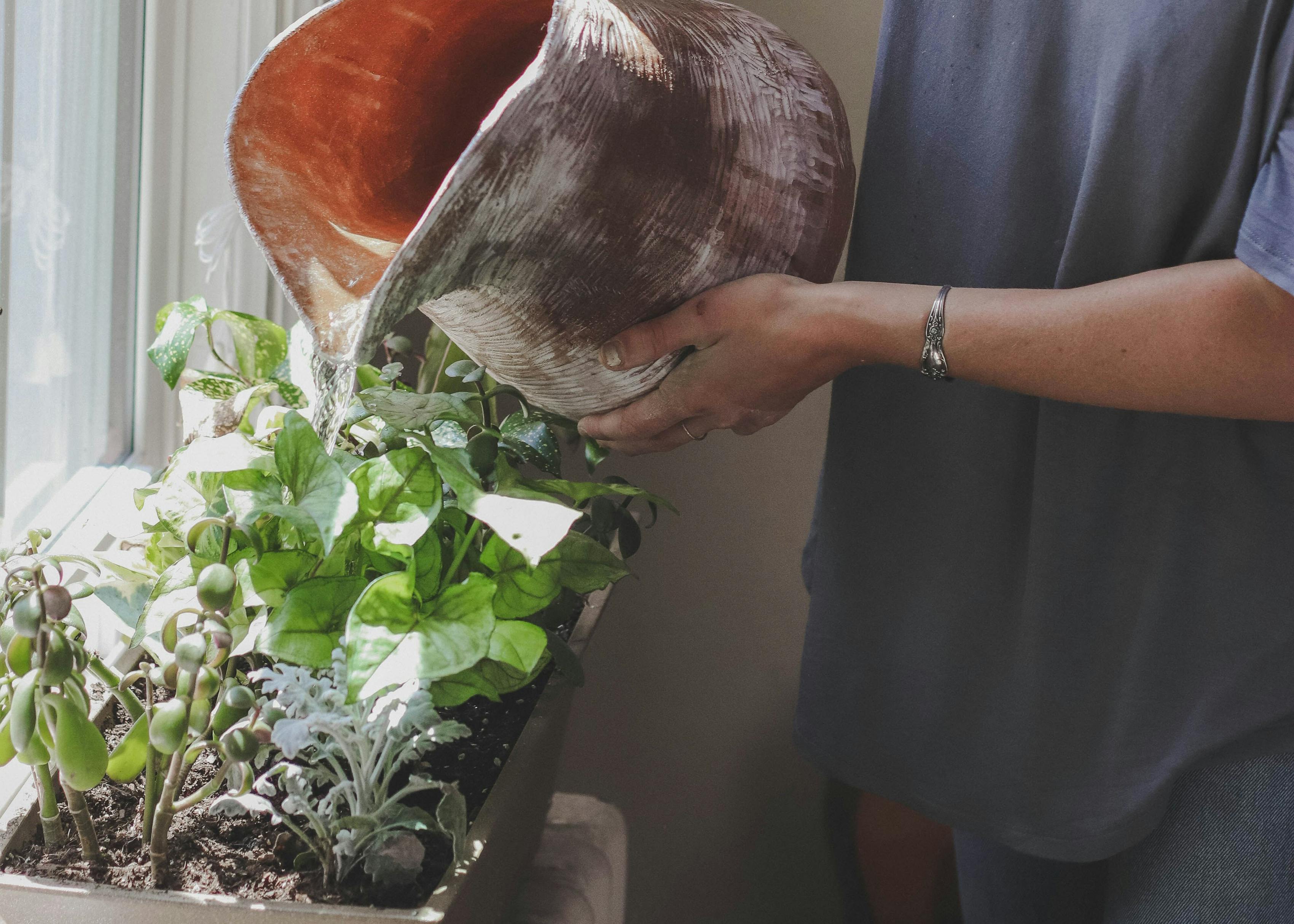
Choose the Right Plants
A great starting point is to select plants that are suitable for your specific space. Even the most skilled gardeners cannot make a sun-loving plant thrive in a cool, shady area. Therefore, pick plants that are well-suited to the light levels available and consider their positioning.
Position with Care
When placing your houseplants, be mindful of avoiding extreme conditions. Excessive direct sunlight can scorch a plant, while insufficient light can hinder growth. Also, avoid placing plants directly over sources of heat, such as radiators.
Avoid Shady Areas
Ensure that your plants receive sufficient light, as they require it for photosynthesis and to generate food for growth.
Potting into Larger Containers
Aim to repot your plants into larger containers every two years. This will provide them with more space if their roots have outgrown the current pot and supply fresh nutrients in the soil.
Indoor Gardening Supplies
Prepare a mister to increase humidity, remove dust, and assist with any pest or disease issues. Additionally, have a long-spouted watering can for thorough watering and a hand fork for planting tasks.
Water Wisely
Check the soil of your plants before watering and only water when the top inch of soil is dry. When watering, allow the pot to soak for up to 30 minutes and then remove any excess water. This will help maintain healthy roots, prevent waterlogging, and avoid drowning the plant.
Seasonal Considerations
During the winter months, plants naturally slow down their growth. Keep them in cool positions, away from radiators, and if possible, position them close to windows to maximize the limited light available during the season. Reduce watering during winter, as plants require less water, and excessive watering can lead to mould and root rot.
Interpreting Leaf Signs
As you continue indoor gardening, you will learn to interpret signs of potential problems before they become major issues. If you need guidance, refer to our guide on this topic for helpful pointers.
Long-Term Indoor Planting
Consider selecting plants that can thrive in your space throughout the year. While flowering houseplants can be visually appealing, it's beneficial to choose plants that provide long-term enjoyment and value.